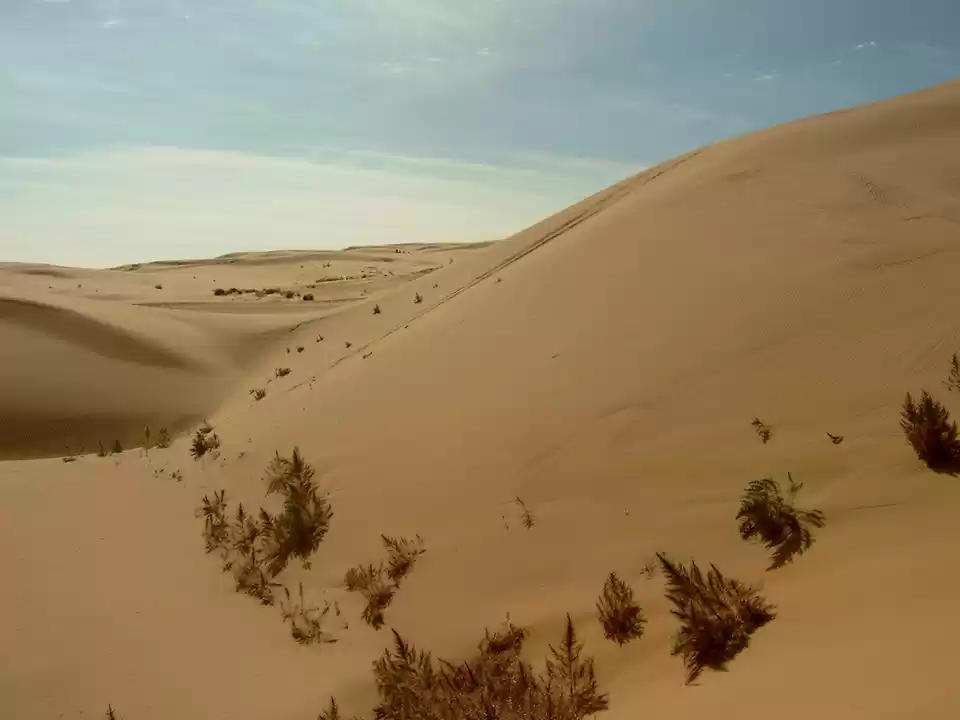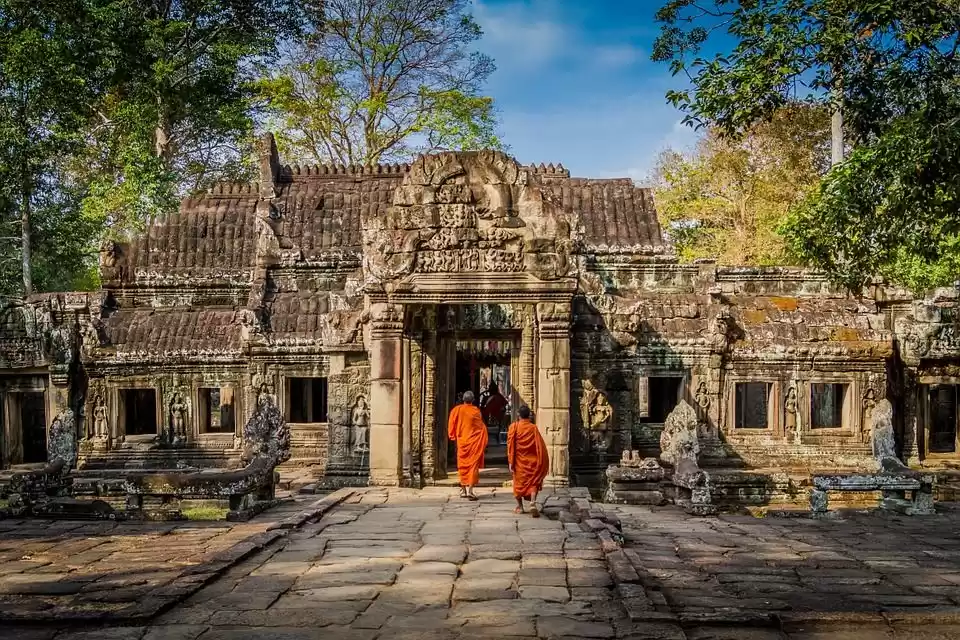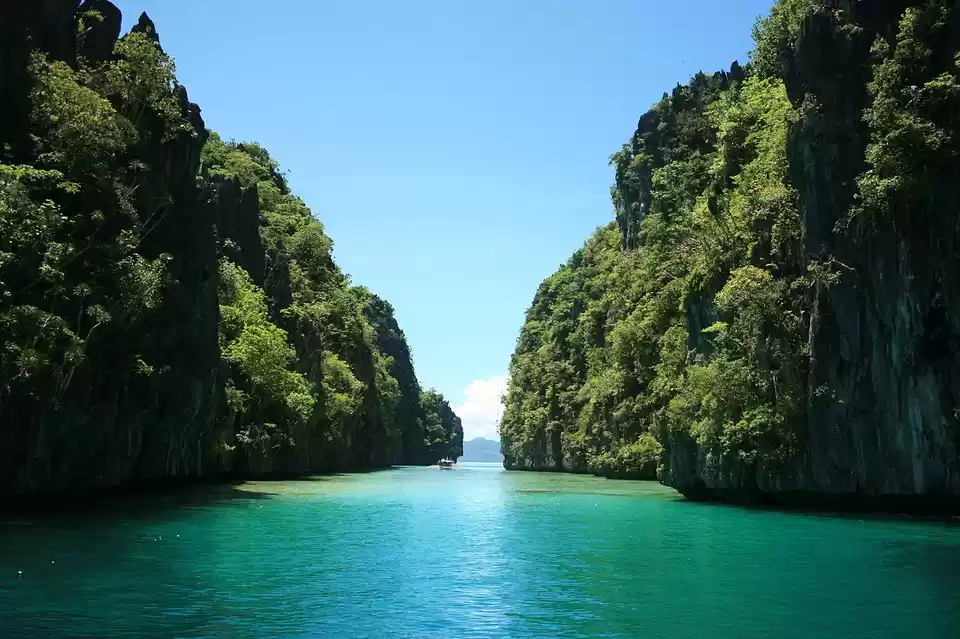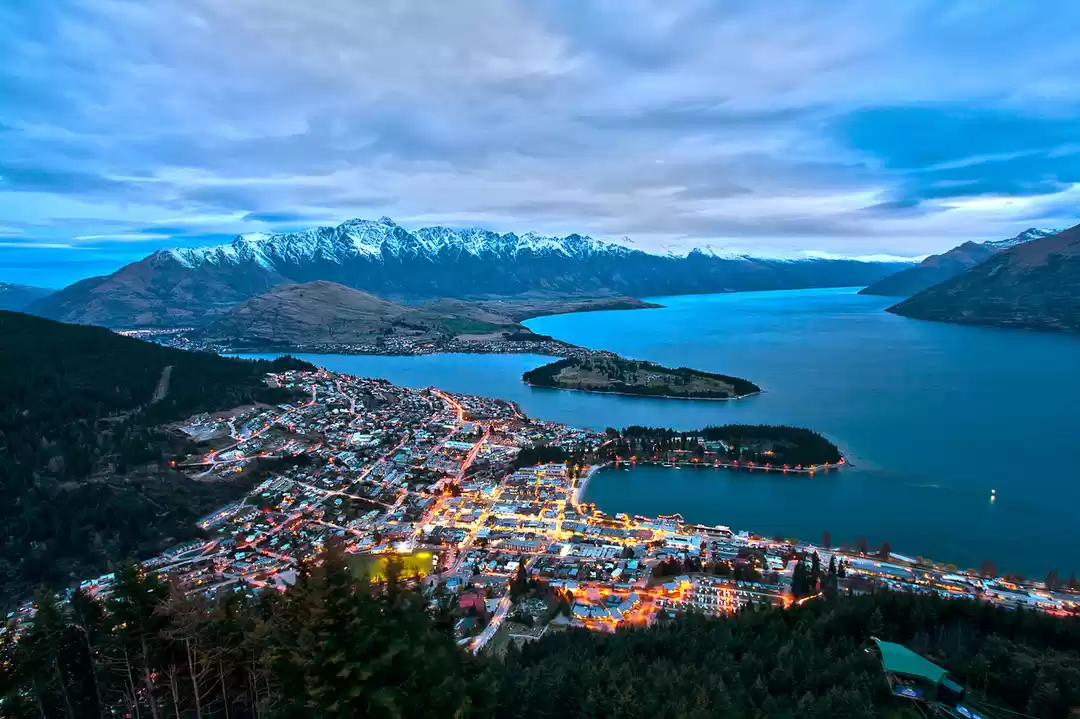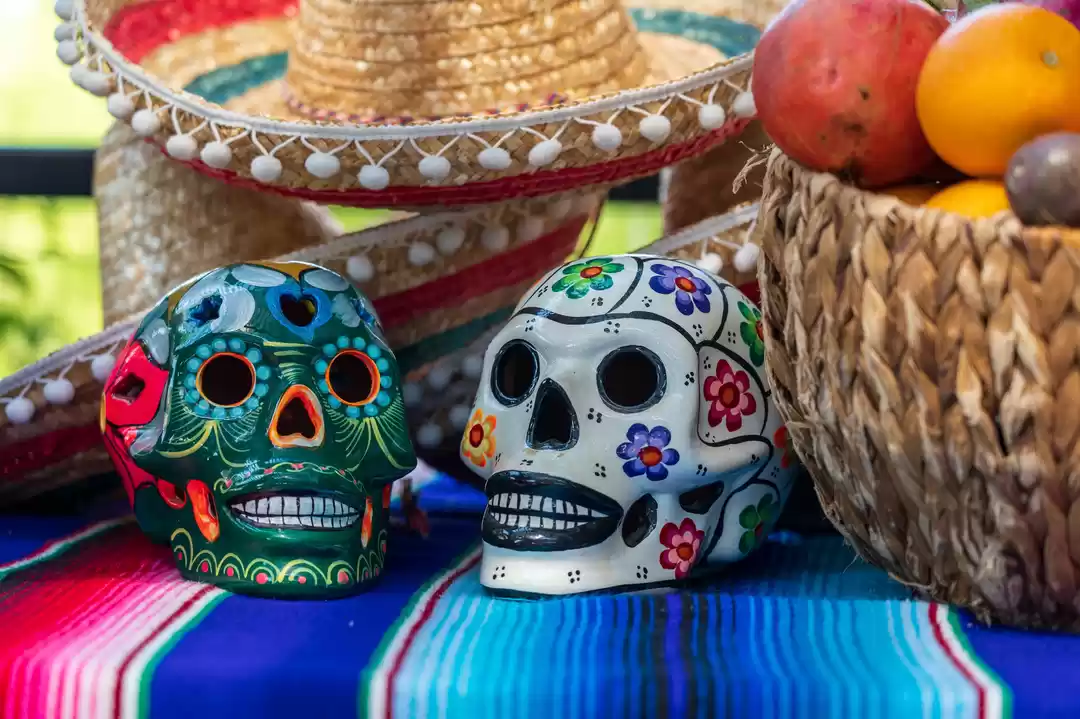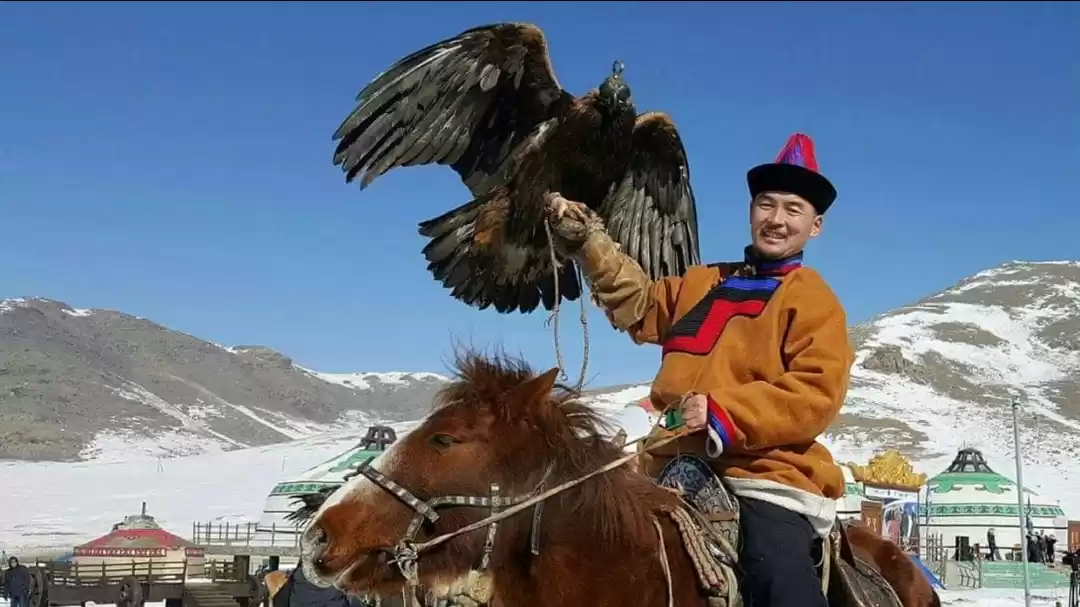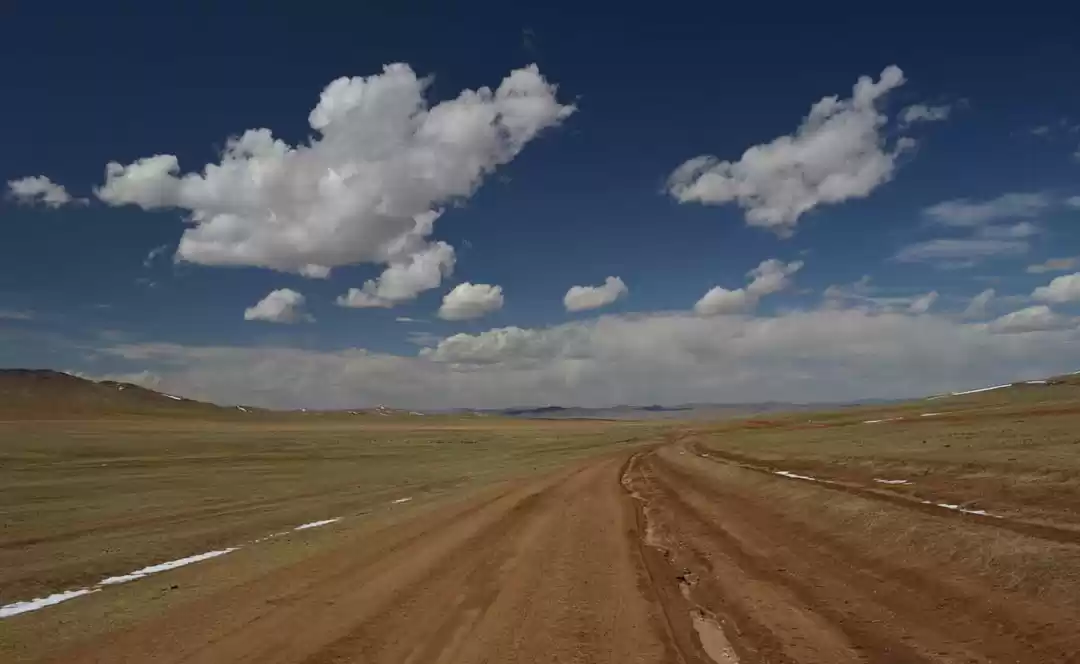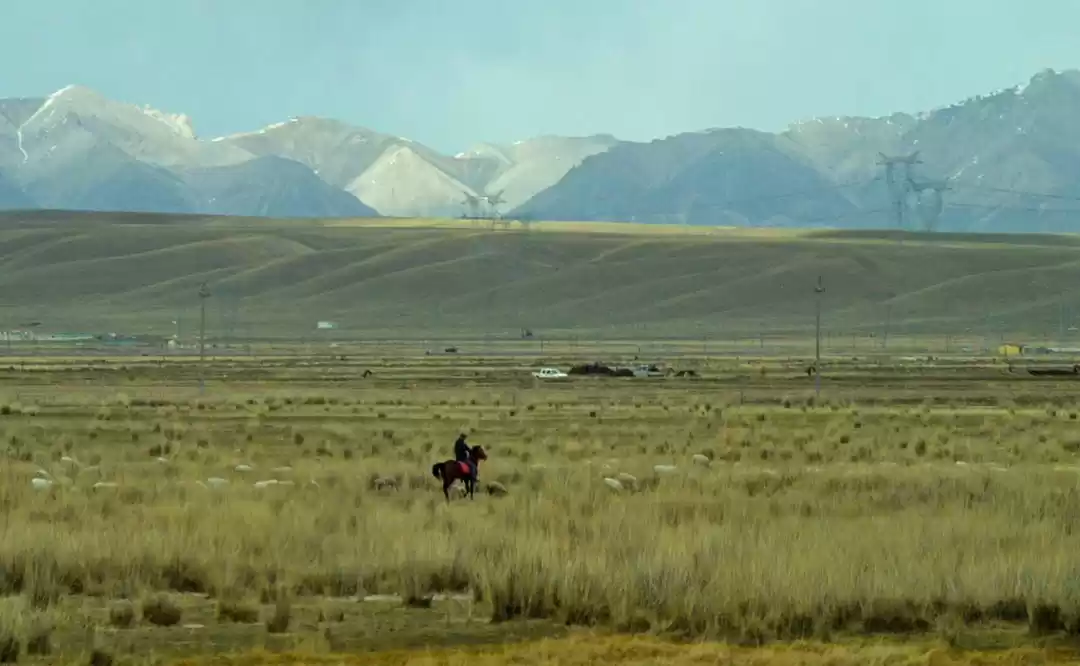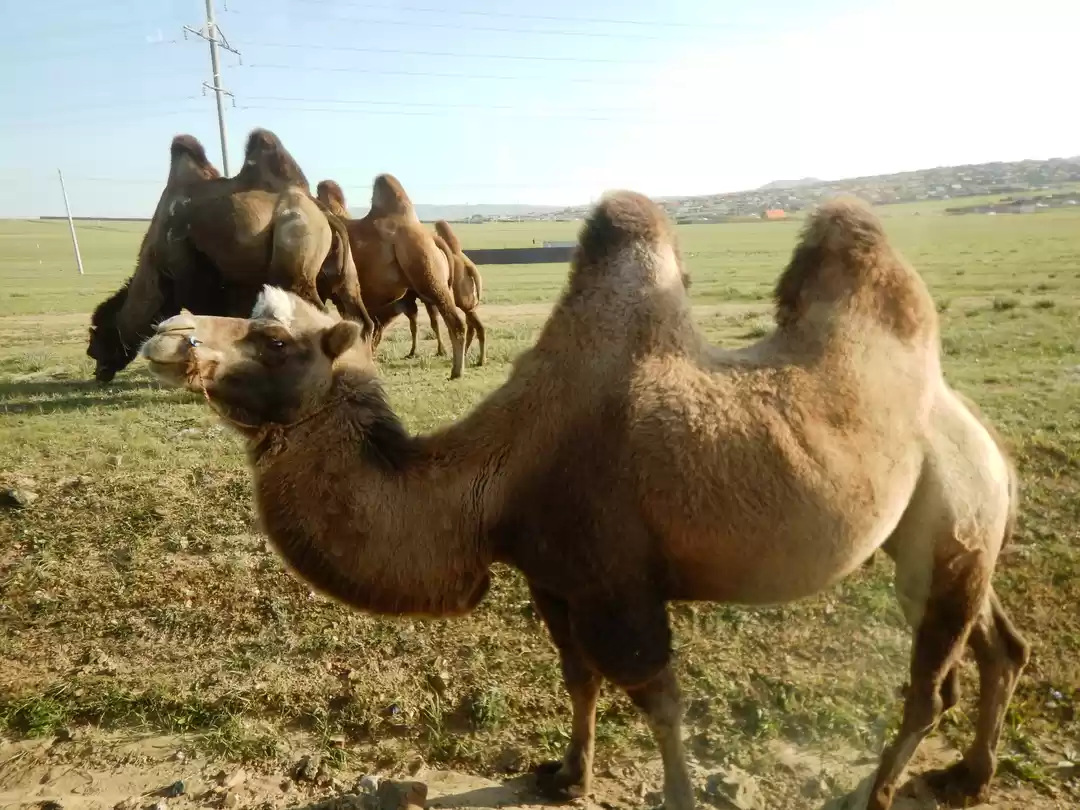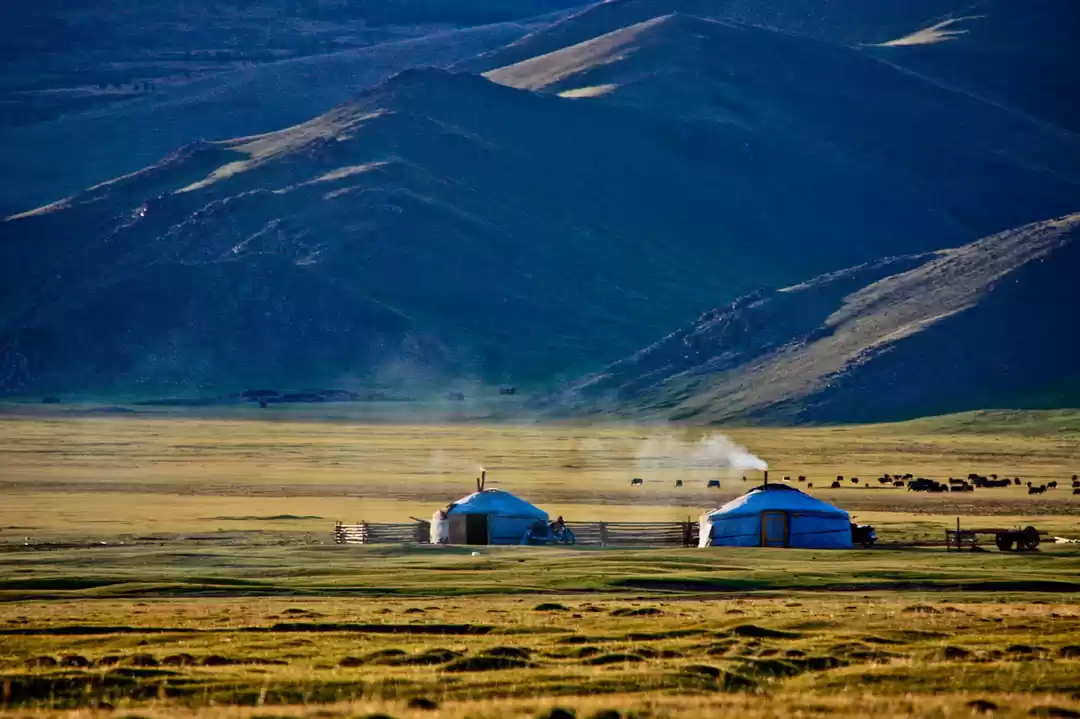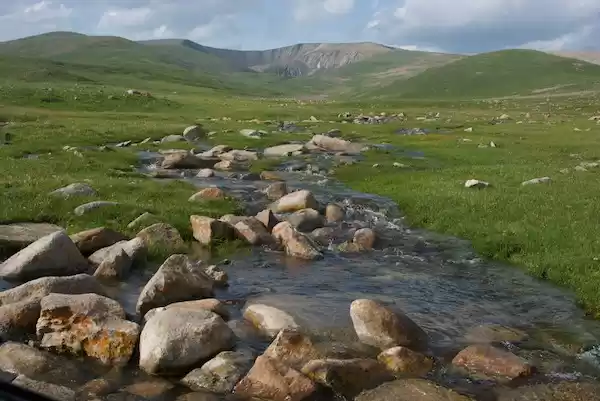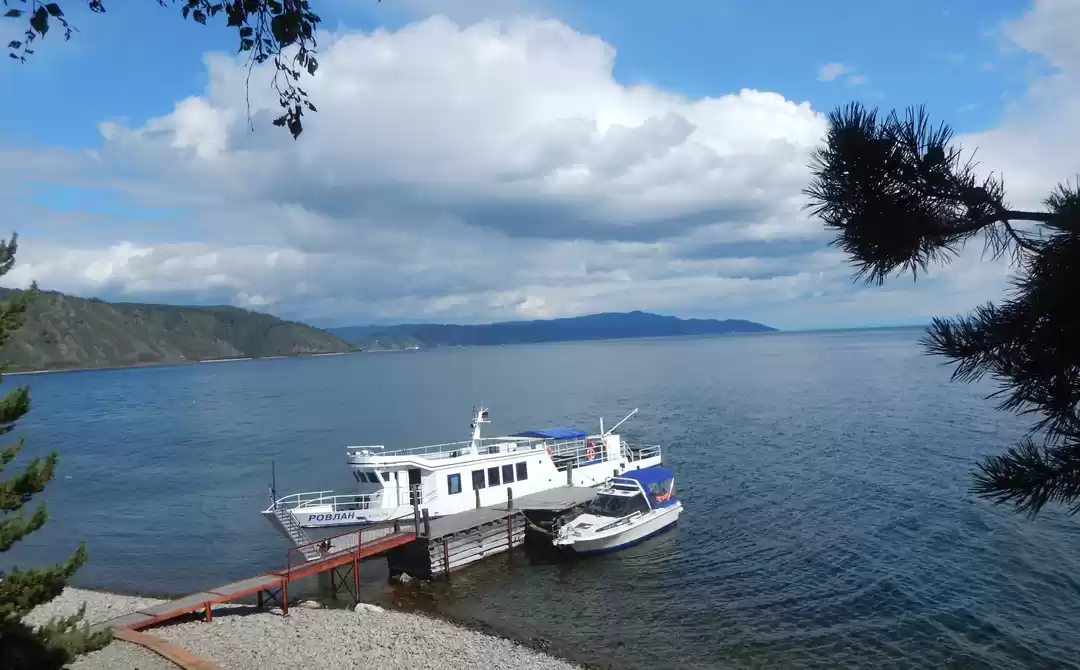
Mongolia on horseback alone
One day, I started dreaming of Mongolia, of its untouched landscapes and its vast expanses.
I dreamed of buying a horse and going alone, to meet the last nomadic tribes before they disappear, ans participate to shamanic ceremony.
I really liked the idea of sharing this trip with a horse.I didn’t imagine it just as a means of transportation, but rather as a traveling companion.Convinced that a certain intimacy and complicity would appear during the adventure.
I wanted to be far from everything, alone in front of myself, I wanted to push my limits in order to discover myself a little better.
Courage and determination :
As soon as I arrived in Mongolia (June 2023), I understood that the adventure will be more complicated than expected.
When I explained my idea to Westerners, they were amazed When I spoke to the Mongols, everyone without exception advised me not to do so. And when I told them that I had never ridden a horse before, they really thought I was crazy.
They told me that I was going to get lost, that I was going to get eaten by wolves or bears, that the horse was going to run away with my things on its back, that it took experience to be able to ride Mongolian horses, that I could fall and seriously injure myself, etc.
They confronted me with the harsh reality of Mongolian life and the risks they face every day. I am aware of the difficulty, which is more and more palpable, but I do not lose my motivation.
I know full well that to achieve your dreams, you need courage and determination.
Buying the horse :
Once I arrived in Khatgal, the chosen starting point for my adventure, I looked for horse breeders. I met several but none seemed really interested. Then I met Mara, a Yak and horse breeder, he invited me to his home quite naturally.
Like many Mongolians, it’s difficult to read his emotions, he looks at me strangely, I have the impression that he doesn’t love me. And at the same time he offers me food, drink, and a place to sleep.
In the end I stayed with him for a week, experiencing the daily life of this lovely breeder family; I took the opportunity to learn the basics of the Mongolian rider. The last few days, I realized that he actually likes me, it’s just that in Mongolia they don’t show their affection the same way as back home.
Mara selected 2 horses from 2 different hordes, it took him 2 days. He understood that I needed a calm and cooperative horse given my inexperience with horses. The choice was rather quick, the first older horse was more or less calm and obedient. The second, younger and more stressed, goes on a rodeo as soon as I get on him.
In Mongolia, horses are half-wild so if they are not tethered, it is impossible to approach them. And even if they are attached, you have to be careful, because clearly, they do not necessarily expect to receive little nubs on the back of their neck.
The price of a horse varies enormously
The price depends on age, size, physical shape, character, etc. Those used for Nadaam are worth several thousand euros. What makes the price vary the most is obviously your nationality.
An average horse sold from Mongolian to Mongolian costs around one million Tugriks, or 265 euros. That’s the Mongolian price so there’s little chance of buying it at that price as a tourist.
I bought it for 2 million Tugriks, so twice the price, or 530 euros. He offers me a deal, if at the end of my adventure I still have the horse, he buys it back for half price, or 265 euros. I accept the deal, I don’t even try to negotiate. He fed me and housed me for a week. He also showed me how to tie the knots, put on the saddle, adjust it, feed the horse, and other little charms of Mongolian superstition. And most importantly, he chose a horse for me that suited me well, he seemed quite calm compared to some. Calmer therefore more expensive he told me.
The price included the saddle (Russian wooden), ropes, bags to carry my belongings; everything to leave independently.
My journey in Northern Mongolia :I bought my horse in Khatgal, then I went up Lake Khovsgol for 3 days on the western part. Then, I crossed the mountains to Recinklumbe where I was able to get supplies. Then I headed towards Tsaganuur passing through the eastern side of the lakes area. I stayed 3 days in Tsaganuur to rest well and prepare before the most isolated, most complicated part.
To reach the most isolated tribes on the Russian border, you really have to desrve it. These are rather hostile areas where you don’t see any humans, yurts or even herds of animals, even though they are everywhere in Mongolia. I quickly understood why, because all along the way, we were accompanied by a swarm of insects: flies, gnats, mosquitoes and horseflies. Every part of my body was covered, apart from my eyes. Unfortunately, I couldn’t do the same with the horse, which was being devoured.
Progress was complicated by the swamps and mud created by the melting snow.
I spent several days living with 2 different tribes, they taught me how to make teepees, I helped them bring back the herds from Reindeer herder, and I was lucky enough to be able to take part in 3 shamanic ceremonies.
I learnt a lot from them in a short space of time. I have a lot of admiration for them, because it’s not easy to live the way they do. They could join the village like most other farmers and settle down. But they don’t take the easy way out, they carry on the traditions of their ancestors who were reindeer herder.Unfortunately, I don’t think there are many years left before they disappear completely. Young people are legitimately attracted by the city and more pleasant living conditions.
My daily life
I used to ride my horse for between 1 and 2 hours a day and walk for between 6 and 7 hours a day. I adapted to Johnny’s moods. As he was already carrying my things, I didn’t want to add to his weight, and I love walking, so we walked side by side most of the time.
There wasn’t always a path and my only GPS was the freehand drawings made by the Mongols. These were rarely expressive drawings; a few strokes to describe a 3-day journey sometimes left me perplexed.
Fortunately, I never got too lost, or took the wrong direction, because if you walk the wrong way for a day, you lose two days.
I had planned to cross villages every 7 days to stock up on food. To avoid adding to the load, I only took the bare essentials. In any case, there’s not much more there than what’s necessary.
As soon as I stopped at a yurt, I was given something to eat. Along the way, there was an abundance of rhubarb and wild onions, as well as other edible plants that the Mongols showed me.
I brought a small fishing rod with me, and sometimes I improved my meals with fish caught in the lakes and rivers.
The return to a semblance of civilisation was very welcome. At last I could eat to my heart’s content, as I’d already lost a few kilos. But I could also sleep soundly, as on previous nights I’d heard wolves not far from my tent.
After the Nadaam festival, I sold my horse for half the price I’d paid for it to a friend of Mara’s, who will take the horse back to its original horde in Khatgal.
Mongolia is not an easy place to travel solo :
Mainly because of the language, there are no transparent words or words that are close to what we know, the sounds are totally different, it took me 2 weeks to say thank you properly. Even Google translate can’t translate Mongolian. Every problem or question can take a long time to resolve, and it can take hours for them to understand the question and for me to find the answer.
A word of advice: make sure you have as many sentences in Mongolian as possible already written down so that you can show them to the locals. If you don’t have translators, communication there is very complicated, and hardly anyone outside Ulaanbaatar speaks English.
In the north, the climate is harsh even in summer, with the icy Siberian wind, showers out of nowhere, cool or even cold nights and hot days.
The food is not very varied. The dried meat and yak milk become a bit nauseating after a few days. The days when I ate Chinese noodles with an onion were considered a good meal. Everything is eaten in soup form, even rice, to combat the cold. In some families, sugar on a piece of bread is the midday meal. For me, who loves to eat, this was difficult to manage.
Despite the harshness of the Mongols, they are one of the most welcoming people I know. It’s never been as easy to get someone to put you up or invite you to eat as it is there. At first, you get the impression that they’re looking at you the wrong way, with their faces rather closed, but the next thing you know, they’re bringing you food and drink.
It’s not easy to read their faces or understand their emotions.
It’s the opposite of our culture: when you first meet a stranger, you smile and try to look nice, but that doesn’t mean you’ll help them if they need it. They don’t smile, they even look at us a bit sideways, but you can be sure they’ll help you if you need it.
Sometimes when people saw me walking by my horse, they’d come up to me and invite me into their homes, so I guess they don’t see new faces very often. And for Mongolians, walking next to a horse makes absolutely no sense.It’s as if we were walking next to a bicycle, there’s no point.
There were some great encounters, as always, but in some of the yurts the vodka was flowing freely, so it wasn’t ideal for a good night’s sleep.
Mongolian power: they exude incredible strength, and living in the conditions imposed on them is far from easy. They are undoubtedly tough people, as is the climate, but sharing and helping each other are essential qualities of their culture. They know that to survive, you have to be strong and help each other.
Unspoilt landscapes: the population density in Mongolia is 2 inhabitants per square metre, with half the population living in the capital, and well below one inhabitant per kilometre in isolated regions. One of the lowest rates in the world, and one of the most deserted regions.
This gives you the opportunity to see unspoilt landscapes with no trace of man. Green grass mown to perfection by millions of animals raised in virtual freedom. At times, it just looks like a huge golf course.
For over a month, I drank only river water; as a precaution, I had brought a filtering straw with me, but I never used it.
This trip change my way of thniking and make me realise what i wanted to do next, i wanted to crate my own adventure business.that’s why i just create Pure Aventure to help people to go further, and realise their dream. Suddenly I realised that I wanted to change the way I travelled, that my journeys could have more impact, be more profound. It all seemed so obvious: I wanted to make a living from my passion and live to share it.
My travels have been an invaluable source of personal enrichment, from which I have learnt some valuable lessons. And now I want to help people to experience their own adventure, to discover for themselves their true abilities. Because adventures and travel give us the opportunity to explore our full potential, including what lies dormant within us.
A Pure Aventure is setting off for a few days with strangers to take on a challenge that’s a bit crazy. My approach is to propose original adventures, often physically demanding, but achievable for most of us. I’m not a travel agency or a tour operator. I don’t sell trips, I sell experiences. The aim of Pure Aventure is to create authentic links, not only within our group of explorers, but also by building relationships with local people. Surpassing ourselves and overcoming challenges as a group allows us to forge faster and more rewarding bonds with those around us. Some challenges would be hard to imagine on your own, but as a small group of adventurers you’ll find them much more accessible and much more fun.
https://pure-aventure.fr/


